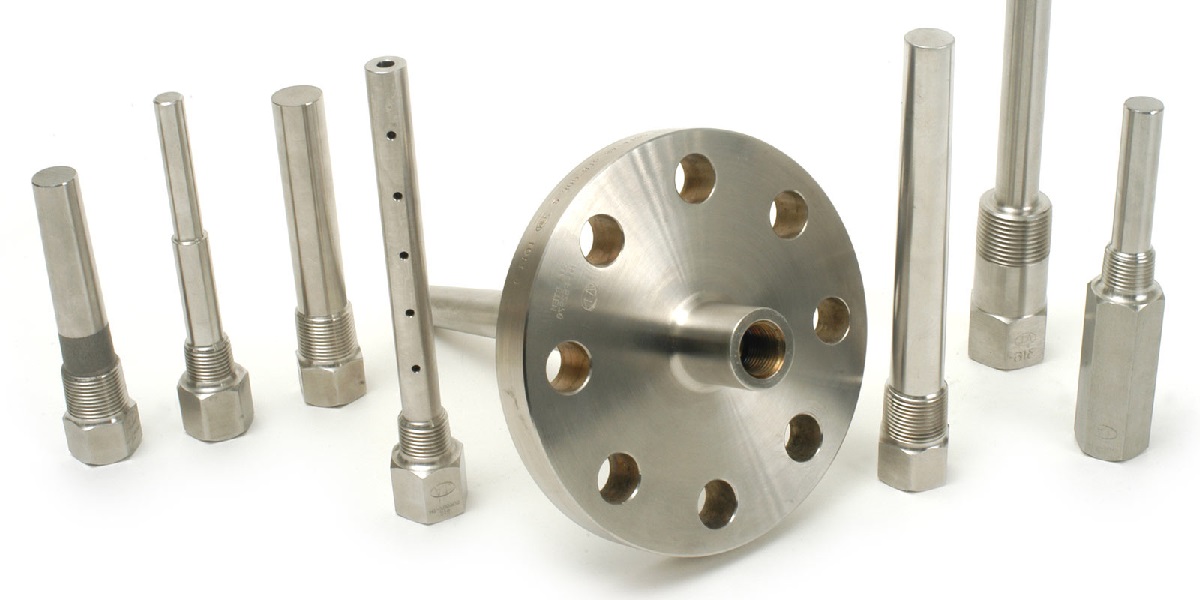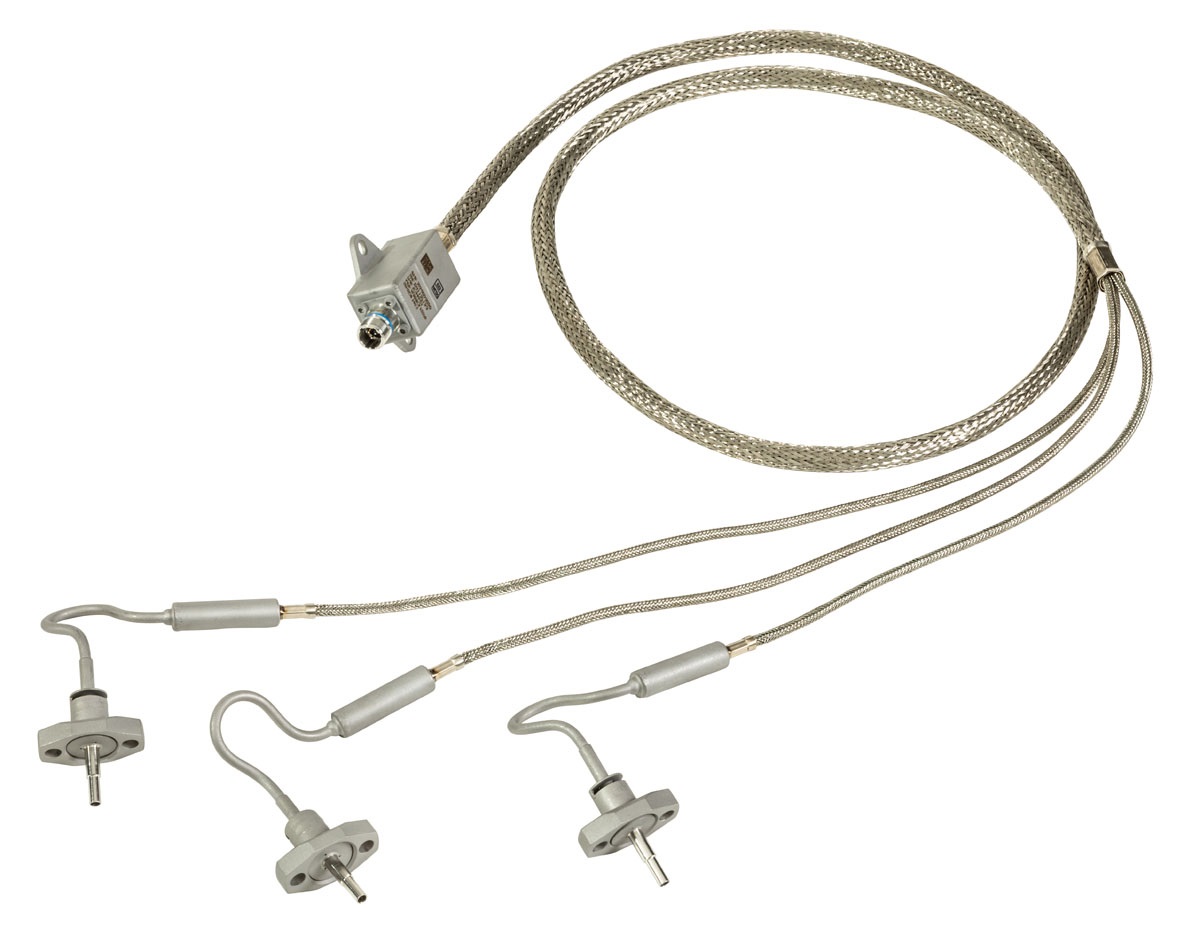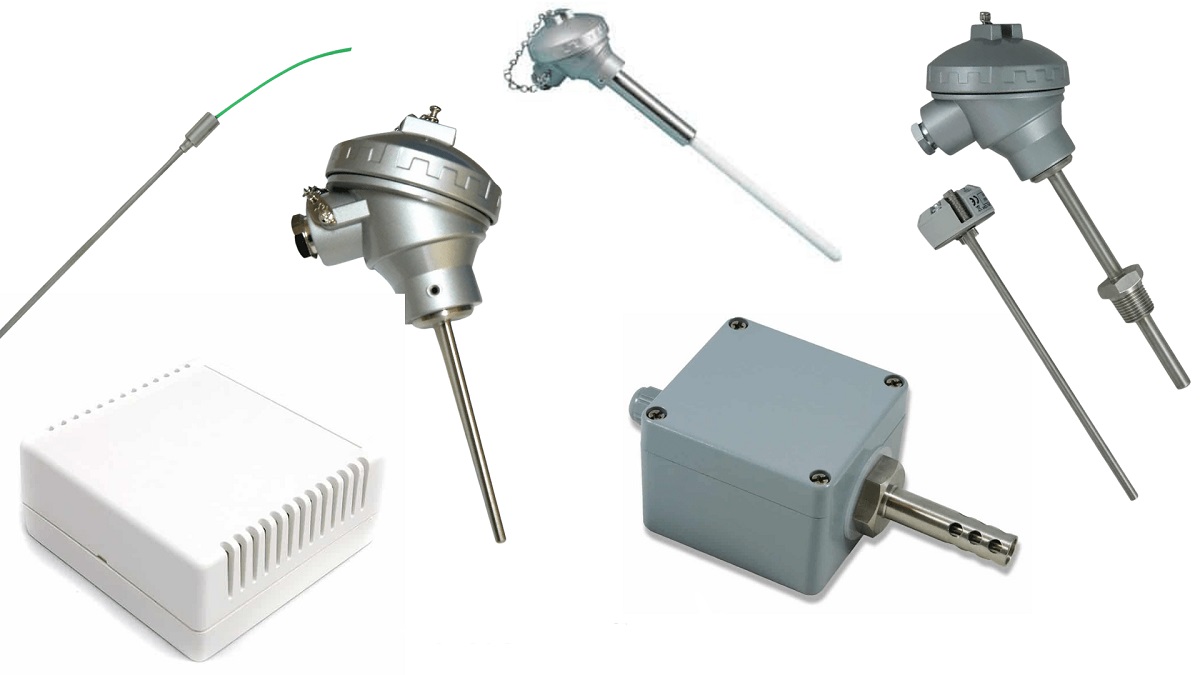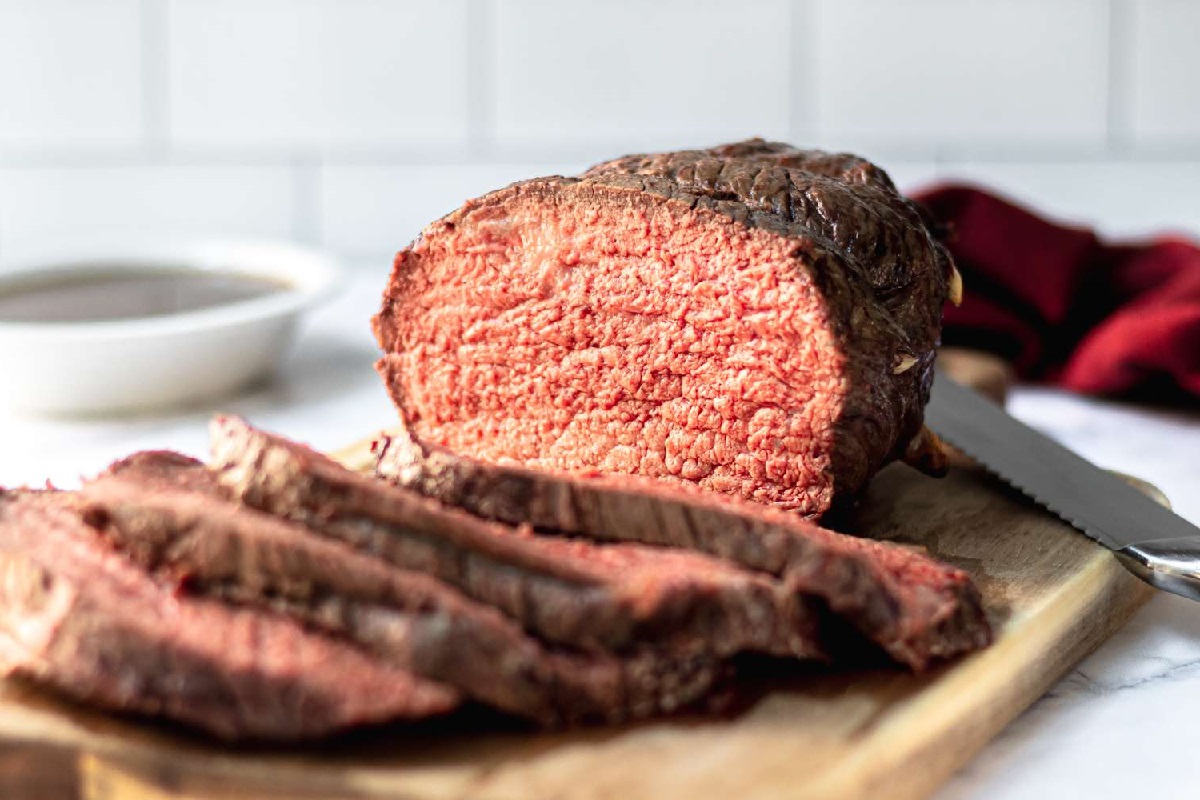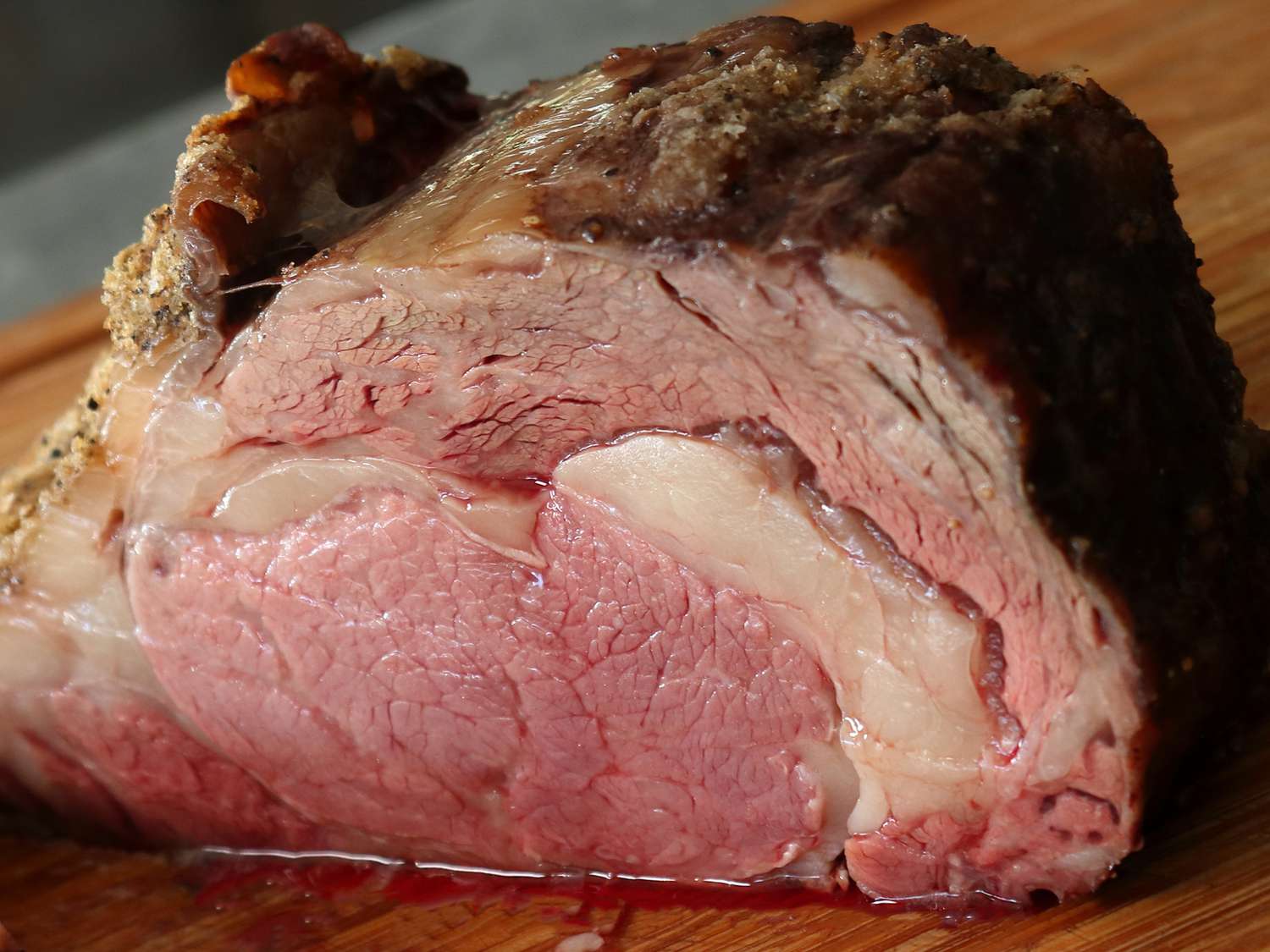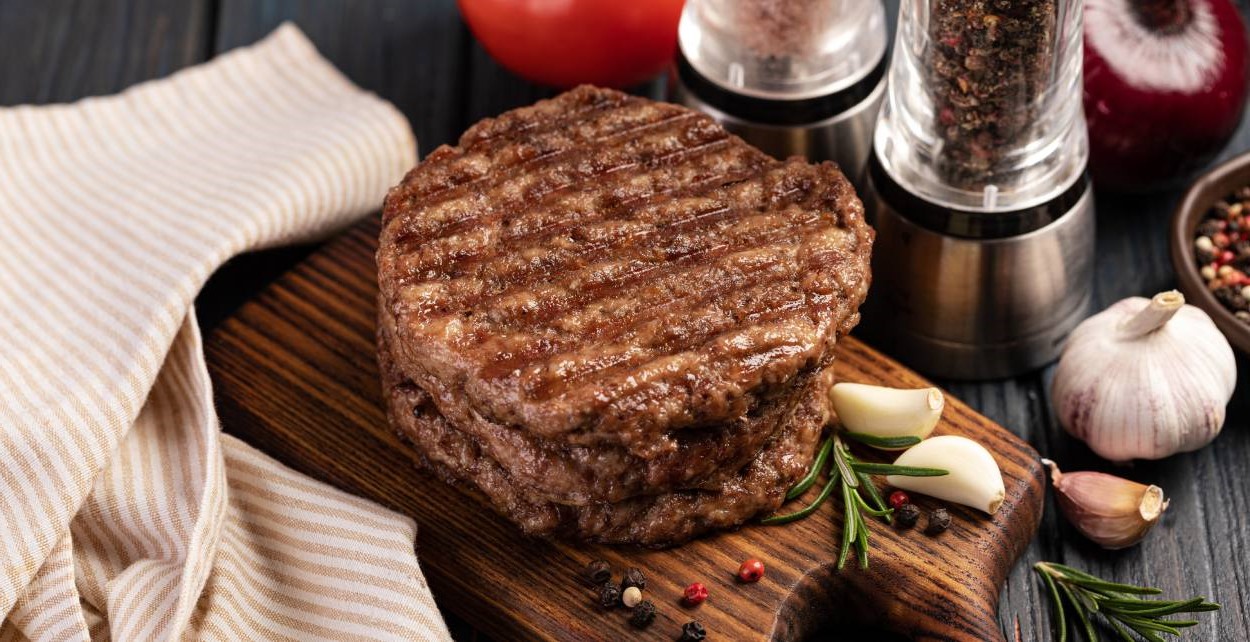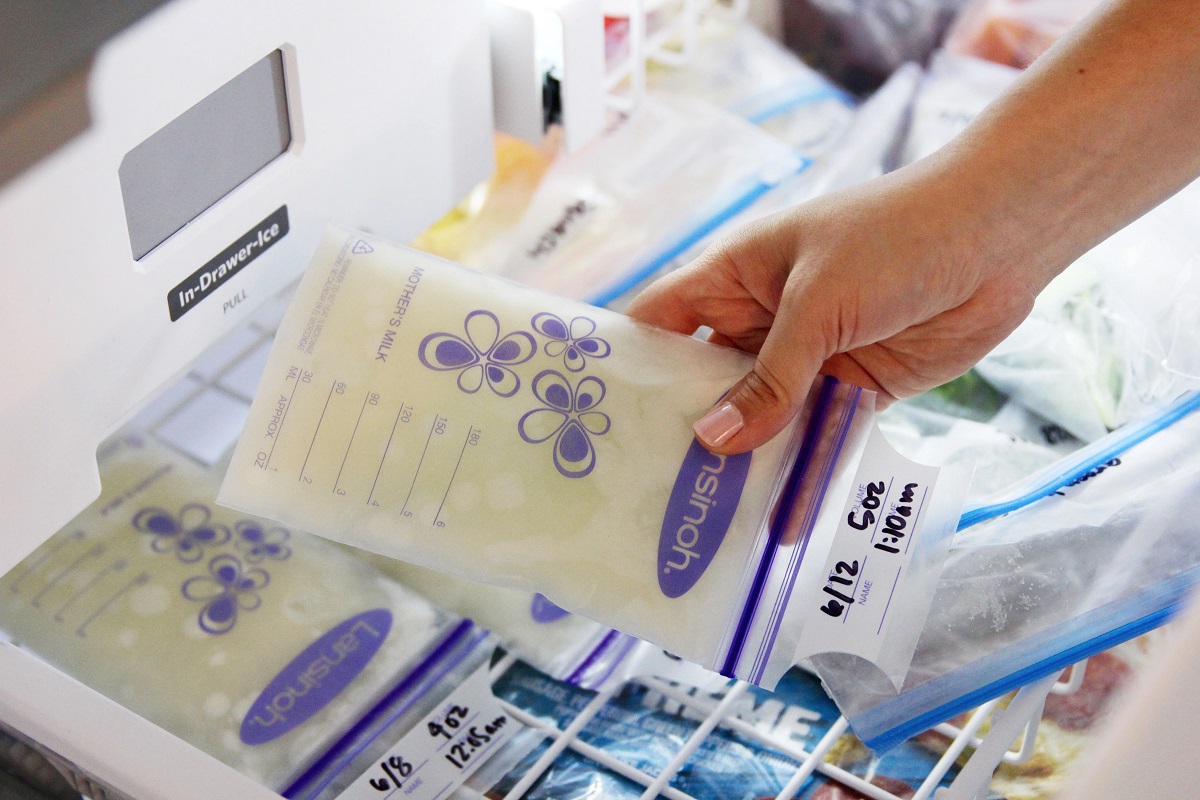Home>Culinary & Beverages>Best Practices For Transporting Food For Off-Site Service


Culinary & Beverages
Best Practices For Transporting Food For Off-Site Service
Published: March 3, 2024
Learn the best practices for transporting culinary and beverage items for off-site service. Ensure food safety and quality with expert tips and guidelines.
(Many of the links in this article redirect to a specific reviewed product. Your purchase of these products through affiliate links helps to generate commission for Temperatures.com, at no extra cost. Learn more)
Table of Contents
Introduction
Transporting food for off-site service is a critical aspect of the culinary industry. Whether it's catering for a special event, delivering meals to customers, or supplying food to satellite locations, ensuring the safe and hygienic transportation of food is paramount. This process involves a series of intricate steps, from selecting the appropriate packaging to maintaining optimal temperatures and adhering to food safety guidelines. The success of off-site food service hinges on the meticulous execution of these steps, as they directly impact the quality, freshness, and safety of the food being transported.
In this article, we will delve into the best practices for transporting food for off-site service, providing valuable insights and practical tips for culinary professionals. From the selection of suitable packaging to the proper handling of food during loading and unloading, each aspect of food transportation plays a crucial role in upholding the integrity of the culinary offerings. By understanding and implementing these best practices, culinary businesses can elevate their off-site food service operations, ensuring that the food reaches its destination in optimal condition.
The significance of proper food transportation cannot be overstated. Not only does it contribute to the overall customer experience, but it also directly impacts food safety and compliance with health regulations. As such, mastering the art of food transportation is a fundamental skill for chefs, caterers, and food service professionals. Throughout this article, we will explore the key considerations and strategies for successful food transportation, equipping culinary professionals with the knowledge and expertise to excel in off-site service endeavors.
Importance of Proper Food Transportation
Proper food transportation is a critical component of the culinary industry, playing a pivotal role in maintaining the quality, safety, and integrity of food during off-site service. The significance of this process extends beyond mere logistical considerations, encompassing crucial aspects such as food safety, customer satisfaction, and compliance with health regulations.
First and foremost, ensuring the safe transportation of food is essential for upholding food safety standards. From the moment food leaves the kitchen to its arrival at the destination, it is susceptible to various environmental factors that can compromise its safety. Temperature fluctuations, improper handling, and exposure to contaminants are just a few of the risks associated with food transportation. By prioritizing proper food transportation practices, culinary professionals can mitigate these risks and safeguard the well-being of consumers.
Moreover, the quality and freshness of the food are directly impacted by the transportation process. Whether it's a gourmet meal for a high-profile event or a batch of freshly baked pastries for a local cafe, maintaining the integrity of the food is paramount. Proper transportation methods help preserve the flavor, texture, and overall appeal of the culinary offerings, ensuring that customers receive a product that meets the highest standards of excellence.
In the realm of customer satisfaction, the significance of proper food transportation cannot be overstated. Imagine a scenario where a catering company delivers a visually stunning array of dishes to a corporate event, only to have the food arrive in a less-than-ideal state due to improper transportation. Such an experience not only tarnishes the company's reputation but also diminishes the overall dining experience for the customers. On the contrary, when food is transported with care and precision, it reflects positively on the culinary establishment, fostering customer loyalty and trust.
Furthermore, compliance with health regulations and industry standards is a non-negotiable aspect of food transportation. Whether it's adhering to temperature control guidelines, implementing proper packaging protocols, or ensuring hygiene during loading and unloading, meeting these standards is imperative for culinary businesses. Failure to do so can result in severe repercussions, including fines, legal implications, and reputational damage.
In essence, the importance of proper food transportation reverberates throughout every facet of the culinary industry. From upholding food safety and quality to enhancing customer satisfaction and regulatory compliance, the impact of meticulous food transportation practices is far-reaching. By recognizing and prioritizing the significance of this process, culinary professionals can elevate their off-site service operations, setting the stage for success in the competitive culinary landscape.
Selecting the Right Packaging
Selecting the right packaging for transporting food is a pivotal decision that directly influences the safety, quality, and presentation of culinary offerings. The packaging serves as a protective barrier, shielding the food from external elements while preserving its freshness and integrity throughout the transportation process. When it comes to off-site food service, the choice of packaging is not merely a matter of convenience; it is a strategic consideration that demands careful evaluation and informed decision-making.
One of the primary factors to consider when selecting packaging for food transportation is the type of food being transported. Different culinary creations have unique requirements in terms of packaging. For instance, delicate pastries and desserts may necessitate packaging that provides cushioning and prevents moisture accumulation, while hot entrees require insulation to maintain their temperature. By understanding the specific needs of the food being transported, culinary professionals can tailor their packaging choices to ensure optimal preservation and presentation.
In addition to food-specific considerations, the durability and protective capabilities of the packaging are paramount. The packaging should be sturdy enough to withstand the rigors of transportation, whether it involves long-distance travel or multiple handling points. Leak-resistant and tamper-evident features are also crucial, especially for liquid or semi-liquid items, to prevent spills and maintain the hygienic integrity of the food.
Furthermore, the environmental impact of the packaging should not be overlooked. As sustainability and eco-conscious practices gain prominence in the culinary industry, opting for environmentally friendly packaging materials is a commendable choice. Biodegradable, compostable, or recyclable packaging not only aligns with ethical principles but also resonates with environmentally conscious consumers, contributing to a positive brand image.
Another aspect to consider is the visual appeal of the packaging. In the realm of off-site food service, the presentation of the food plays a significant role in shaping the overall dining experience. Well-designed, aesthetically pleasing packaging enhances the perceived value of the culinary offerings and reflects positively on the brand. Whether it's elegant disposable plating for upscale events or branded packaging for corporate catering, the visual aspect of the packaging contributes to a memorable and professional presentation.
Ultimately, selecting the right packaging for food transportation is a multifaceted decision that requires a comprehensive understanding of the food, logistical requirements, environmental impact, and visual appeal. By carefully evaluating these factors and making informed choices, culinary professionals can elevate the off-site food service experience, ensuring that the food reaches its destination in optimal condition, ready to delight and satisfy discerning palates.
Maintaining Proper Temperatures
Maintaining proper temperatures is a non-negotiable aspect of food transportation, as it directly impacts the safety and quality of the culinary offerings. Temperature control plays a pivotal role in preserving the freshness of perishable foods, inhibiting bacterial growth, and ensuring that hot foods remain at safe serving temperatures. Whether it's chilled appetizers for a cocktail reception or piping hot entrees for a corporate luncheon, the adherence to temperature guidelines is paramount for culinary professionals engaged in off-site food service.
One of the fundamental considerations in temperature management is the distinction between hot and cold foods. For hot foods, maintaining the appropriate temperature throughout transportation is essential to prevent bacterial proliferation and ensure food safety. The general guideline for hot food transportation is to keep the internal temperature at 140°F (60°C) or above. This can be achieved through the use of insulated containers, hot holding equipment, or heat retention packaging. By implementing these measures, culinary professionals can uphold the integrity of hot foods, ensuring that they reach their destination at safe and palatable temperatures.
Similarly, cold foods require meticulous temperature control to prevent spoilage and maintain freshness. The standard recommendation for cold food transportation is to keep the internal temperature at 40°F (4°C) or below. Utilizing insulated coolers, ice packs, or refrigerated vehicles is instrumental in preserving the chilly disposition of cold foods, particularly perishable items such as seafood, dairy products, and fresh produce. By diligently adhering to these temperature parameters, culinary professionals can safeguard the quality and safety of cold foods during transportation.
In addition to the internal temperature of the food, ambient temperature considerations are also crucial. External factors such as weather conditions, transportation duration, and storage environments can impact the efficacy of temperature control measures. During warmer seasons or in regions with high temperatures, extra precautions may be necessary to counteract heat exposure and maintain the desired temperature of the food. Conversely, in cold weather, insulation and heat retention strategies become imperative to prevent temperature loss and ensure that hot foods remain appropriately heated.
Furthermore, the use of temperature monitoring devices, such as thermometers and data loggers, provides an added layer of assurance in maintaining proper temperatures during food transportation. These tools enable real-time temperature tracking and verification, allowing culinary professionals to identify and address any deviations from the recommended temperature ranges promptly.
In essence, maintaining proper temperatures during food transportation is a meticulous and multifaceted endeavor that demands unwavering attention to detail and adherence to established guidelines. By prioritizing temperature control measures, culinary professionals can uphold food safety, preserve the quality of the culinary offerings, and instill confidence in consumers regarding the integrity of the transported food.
Ensuring Food Safety During Transport
Ensuring food safety during transport is a paramount responsibility that rests on the shoulders of culinary professionals engaged in off-site food service. The transportation phase introduces a myriad of potential risks to the safety and integrity of food, ranging from temperature fluctuations to cross-contamination and physical damage. Mitigating these risks and upholding food safety standards requires a comprehensive approach that encompasses meticulous planning, adherence to best practices, and unwavering commitment to quality.
One of the foundational pillars of ensuring food safety during transport is the implementation of robust hygiene protocols. This includes maintaining a clean and sanitized transportation vehicle, utilizing food-grade storage containers, and employing proper handling procedures to minimize the risk of contamination. By upholding stringent hygiene standards throughout the transportation process, culinary professionals can mitigate the potential for microbial proliferation and ensure that the transported food remains safe for consumption.
Furthermore, the segregation of different food items within the transportation vehicle is essential to prevent cross-contamination. Raw and ready-to-eat foods should be stored separately, with adequate barriers to prevent any potential transfer of harmful pathogens. Additionally, securing food items to prevent shifting or spillage during transit is crucial to avoid physical contamination and maintain the hygienic integrity of the food.
Temperature management emerges as a pivotal aspect of ensuring food safety during transport. From hot holding equipment to refrigerated storage solutions, maintaining the appropriate temperature for different food categories is imperative. Regular monitoring and verification of temperature levels, coupled with contingency plans for temperature maintenance in varying environmental conditions, are essential components of a comprehensive food safety strategy during transport.
Moreover, the proper labeling of food items with essential information such as preparation date, use-by date, and allergen declarations contributes to food safety and regulatory compliance. Clear and accurate labeling enables both culinary professionals and end consumers to make informed decisions regarding the safety and suitability of the transported food, thereby fostering transparency and trust.
In essence, ensuring food safety during transport is a multifaceted endeavor that demands unwavering diligence, adherence to stringent standards, and a proactive approach to risk mitigation. By prioritizing hygiene, segregation, temperature control, and comprehensive labeling, culinary professionals can uphold the safety and integrity of the transported food, instilling confidence in consumers and reinforcing their commitment to excellence in off-site food service.
Read more: The Best Temperature For Grilling Steak
Best Practices for Loading and Unloading
Loading and unloading food for off-site service are critical junctures where the integrity and safety of the culinary offerings are particularly vulnerable. Implementing best practices during these pivotal stages is essential to mitigate risks, uphold food safety, and ensure that the transported food reaches its destination in optimal condition.
First and foremost, meticulous planning and organization are fundamental to successful loading and unloading processes. Prior to loading, all food items should be carefully packed and sealed in accordance with their specific requirements. This includes ensuring that hot foods are adequately insulated to maintain their temperature and that cold foods are appropriately chilled to preserve freshness. Additionally, the arrangement of food items within the transportation vehicle should be strategically planned to minimize the potential for shifting, spillage, or damage during transit.
During the loading phase, attention to detail is paramount. Proper lifting techniques and handling procedures should be observed to prevent physical damage to the food and minimize the risk of contamination. Utilizing designated loading areas and equipment, such as ramps and dollies, can facilitate the safe and efficient transfer of food items into the transportation vehicle, reducing the likelihood of accidents and ensuring the hygienic integrity of the food.
Similarly, unloading food at the destination requires a methodical approach to maintain the quality and safety of the transported items. Careful handling and gentle maneuvering of the food containers or packaging are essential to prevent damage and preserve the visual appeal of the culinary offerings. Additionally, prompt unloading and transfer of the food to designated storage or serving areas minimize the duration of exposure to external environmental factors, contributing to the preservation of food quality.
Moreover, clear communication and coordination among the personnel involved in the loading and unloading processes are instrumental in ensuring a seamless and efficient operation. Designating specific roles and responsibilities, establishing standardized protocols, and conducting training on proper handling procedures contribute to a cohesive and well-executed loading and unloading workflow.
In essence, best practices for loading and unloading food for off-site service revolve around meticulous planning, careful handling, and effective coordination. By prioritizing these practices, culinary professionals can safeguard the safety and quality of the transported food, setting the stage for a successful off-site service experience.
Training Staff on Food Transportation Procedures
Training staff on food transportation procedures is a pivotal investment in the success of off-site food service operations. The competence and adherence of staff members to established transportation protocols directly impact the safety, quality, and overall efficacy of food transportation. By imparting comprehensive training on food transportation procedures, culinary establishments can empower their staff to execute their roles with precision, uphold food safety standards, and deliver an exceptional off-site dining experience.
The training curriculum for staff members involved in food transportation should encompass a diverse range of essential topics. This includes instruction on proper packaging techniques tailored to different food categories, emphasizing the significance of selecting packaging that ensures the preservation of food quality and safety during transit. Staff members should be equipped with the knowledge to identify and utilize suitable packaging materials, understand temperature control requirements, and implement measures to prevent cross-contamination and physical damage to the transported food.
Furthermore, training should encompass the principles of temperature management, emphasizing the criticality of maintaining the appropriate temperature for hot and cold foods throughout the transportation process. Staff members should be familiarized with temperature monitoring devices, instructed on the actions to take in response to temperature deviations, and trained to implement contingency measures to mitigate environmental impacts on temperature control.
Hygiene protocols and best practices for loading and unloading food should also be integral components of staff training. This includes instruction on maintaining a clean and sanitized transportation vehicle, proper handling techniques to prevent physical damage and contamination, and strategic planning for efficient loading and unloading processes. Clear communication and coordination among staff members during these stages should be emphasized to ensure a cohesive and well-executed operation.
In addition to technical skills, staff training on food transportation procedures should underscore the significance of regulatory compliance, ethical considerations, and customer-centric service. Staff members should be educated on food safety regulations, labeling requirements, and ethical considerations such as sustainability and environmental responsibility in packaging choices. Moreover, instilling a customer-centric mindset, emphasizing the impact of meticulous food transportation on customer satisfaction and brand reputation, is essential to align staff members with the overarching goals of off-site food service.
By investing in comprehensive training on food transportation procedures, culinary establishments can cultivate a team of knowledgeable, skilled, and conscientious staff members who are equipped to uphold the highest standards of food safety, quality, and customer satisfaction in off-site service endeavors. This commitment to staff training not only enhances the operational efficiency and reputation of the establishment but also fosters a culture of excellence and accountability in food transportation practices.
Conclusion
In the realm of culinary excellence, the art of transporting food for off-site service is a multifaceted endeavor that demands unwavering attention to detail, adherence to best practices, and a commitment to upholding the highest standards of food safety and quality. Throughout this comprehensive exploration of best practices for food transportation, several fundamental principles have emerged as indispensable pillars of success in off-site service operations.
The significance of proper food transportation cannot be overstated, as it permeates every facet of the culinary industry, from ensuring food safety and quality to enhancing customer satisfaction and regulatory compliance. The meticulous selection of packaging tailored to the specific requirements of different food categories is a strategic decision that directly influences the preservation and presentation of culinary offerings during transportation. The maintenance of proper temperatures, whether for hot or cold foods, is a non-negotiable aspect that safeguards the freshness, palatability, and safety of the transported food. Moreover, ensuring food safety during transport through robust hygiene protocols, segregation practices, and comprehensive labeling is essential to mitigate risks and instill confidence in consumers.
The best practices for loading and unloading food for off-site service underscore the criticality of meticulous planning, careful handling, and effective coordination to safeguard the safety and quality of the transported food. Furthermore, investing in comprehensive training for staff members on food transportation procedures is a strategic imperative that empowers culinary establishments to cultivate a team of knowledgeable, skilled, and conscientious professionals dedicated to upholding the highest standards in off-site service operations.
As culinary professionals embrace these best practices and integrate them into their off-site service endeavors, they elevate the entire food transportation process, setting the stage for success in a competitive and dynamic industry. The commitment to excellence in food transportation not only enhances the operational efficiency and reputation of culinary establishments but also fosters a culture of accountability, innovation, and customer-centric service.
In conclusion, the art of transporting food for off-site service is a testament to the unwavering dedication of culinary professionals to deliver exceptional culinary experiences beyond the confines of their kitchens. By embracing the principles and best practices outlined in this article, culinary establishments can embark on a journey of culinary excellence, ensuring that the food reaches its destination in optimal condition, ready to delight and satisfy discerning palates.


